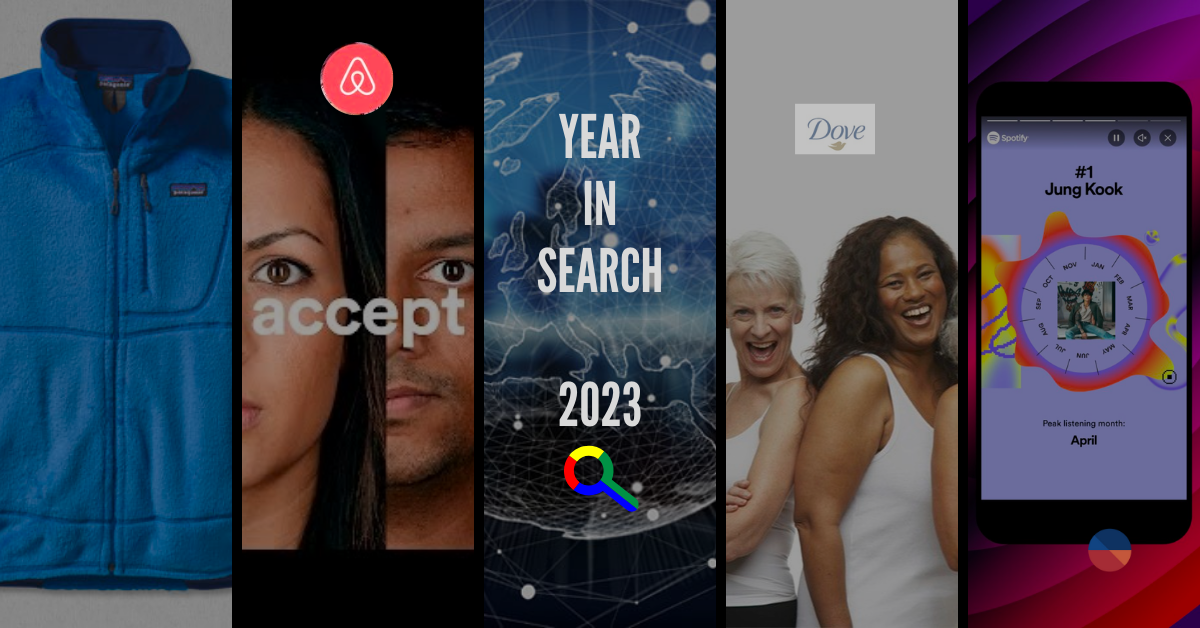Ensure Success Of Digital Marketing Campaigns: Opt For The Right Goals
According to Forrester Research and eMarketer the estimated allocation of marketing funds offline vs. online and across the digital channels is on a rise. Am sure you think, this statement is a given. Allow me to elaborate with a few statistics
-
- In 2014, 29% of a marketing budget was allocated to online/digital channels. Cut to 2018, the average firm was expected to allocate 41% of their marketing budget to online, and this rate is expected to grow to 45% by 2020. The numbers have grown exponentially
-
- Search engine marketing will capture the largest share of online spend with online display (banner ads, online video, etc.) taking the second largest share. Back in 2014, Search engine marketing took about 14%, and online display advertising about 10% of the firm’s total marketing budget
-
- Social media advertising investments will continue to grow, and is expected to represent 25% of total online spending in 2018 up from 2% in 2014.
-
-
- Mobile garnered about 10% of the total digital marketing budget and slightly less than 3% of the total marketing budget in 2014. With time, mobile marketing has grown to a point that it’s no longer tracked in the forecast and it’s presumed to be considered across all channels
- Digital marketing is pacing at an 11% compound annual growth rate between 2016 and 2021 with the biggest growth occurring in online video.
-
-
- Investment in paid search, display advertising, social media advertising, online video advertising and email marketing is predicted to account for 46% of all advertising by 2021.
As the digital spend numbers are reaching for the stars, the ROI expectations don’t shy either, and rightfully so. Although everything can be treated as a learning experience, in the real world, however, not all the social media campaigns meet one’s goal expectation.
While there can be several reasons for a campaign not living up to the mark, one of the major reason is the failure in monitoring the performance of the campaigns and making necessary adjustments as and when necessary.
So what should we look at?
The most important thing to look at is your goal. And according to the goal definition, there are various ways through which the success can be measured upon. We have listed the various goals and their measurable parameters that can help you in measuring the success of the digital marketing campaigns:
Brand Awareness> Lead Generation>Revenue Generation
1. Brand Awareness:
Wikipedia defines Brand Awareness as “the extent to which customers are able to recall or recognize a brand”. Sounds qualitative? Yes, to a large extent it is. Marketers who are aiming towards building brand awareness are actually focusing to penetrate a particular market or target audience, who are more likely to recall them. Facebook business says “From analyzing hundreds of brand campaigns we’ve found that the longer someone spends with an ad, the more likely they are to remember it.” As time is money, usually, a brand awareness campaign entails a large budget is allocated to reach the wider audience. In the end, an estimated ad recall lift (people) which is an estimate of how many people are likely to recall your ad, will give show you the increase in your brand recall.
Brand
Reach, Customer Engagement and Brand mentions are key metrics to evaluate your brand awareness campaign. Let me walk you through these individually:
a) Reach: In a “Brand Awareness” campaigns, the objective is to reach people more likely to recall your ads and increase awareness. Thus the right target audience makes all the difference. This can be generic for other goals as well, however, is critical to driving your brand awareness campaign.
b) Customer Engagement: When you are trying to reach your right target audience, you would certainly want to know if your prospective customers are engaging themselves in your ads. The more time one spends with your ad, the more likely they are to recall it and add to your brand awareness. One way to measure this by tracking your Click-through-rate (CTR). CTR by definition is is the ratio of users who click on a specific link to the number of total users who view a page, email, or advertisement.
c) Brand mentions: The number of times your brand is being discussed or mentioned online tells a lot about the success of your “Brand Awareness” campaign. The more your brand is being discussed online the higher is your brand popularity scorecard. There are many tools that track where your brand’s name is being discussed or used online. One of the easiest one is Google Alerts. Set your alerts to “as-it-happens” and have them emailed to your inbox. You can thereby respond to the results in real-time or as quickly as it becomes available. Although, mind that alerts will only become available to you as Google indexes a page or post.
2. Lead Generation:
The second andone of the basic reasons behind running any campaign is the Lead generation.“Lead Generation” campaigns as the name suggests is to gain leads — which translates into generating more prospective customers’ contact information that can be leveraged to turn them into your paying customers in the long run. A lead generation activity also helps in increasing the website traffic, email subscribers, and downloads for specific content; to name a few.
The success factor for this kind of campaign can be measured by calculating:
a) Goal conversion rate: A “conversion” can be measured each time a visitor takes an action on your website. It helps in setting up a benchmark for your website’s performance.
b) Cost per conversion (CPC): It is the total cost paid for an advertisement in order to acquire each real customer. It is the ratio of the number of advertisements views and the number of successful conversions resulting from those ad views.
3. Generating Revenue:
As the old adage goes, there are no free lunches in this world. A majority if not all of the goals narrow down to one i.e. revenue generation. The Return on Investment (ROI) and Cost of customer acquisition (CAC) metrics will tell you if your campaigns have been profitable or not so that you can adjust your strategies accordingly.
a) Return on Investment (ROI): Mathematical representation of ROI is
(Sales Growth — Marketing Cost) / Marketing Cost — Average Organic Sales Growth
While the simple ROI is easy to do, its based on pretty large assumptions. The assumption is that the total month-on-month sales growth is directly attributable to the marketing campaign. For the marketing ROI to have any real meaning, it is important to have comparisons. The sales numbers from the business line in the months before the campaign launch can help show the impact more clearly.
a) Cost of customer acquisition (CAC): The sum of your marketing and advertising costs divided by how many new paying customers were generated during a particular time period gives you the CAC. In today’s internet-dominated world, many web-savvy companies can engage in highly targeted campaigns and track consumers as they progress from interested leads to long-term loyal customers. In this environment, the CAC metric is used by both companies and investors. It’s not as simple as it seems. There are caveats about using this metric, which one should be aware of. For example, a company may have made investments in marketing in a new territory or early stage SEO that does not give an instant return. During such exceptions, it may cloud the relationship when calculating the CAC.
Whatever your overarching goal is, you need to know how to measure it, and more important, actually be able to measure it. How you measure the effectiveness of your digital strategy will be different for each business and dependent on your goal(s), but it’s vital to ensure you’re able to do so, as it’s these metrics which will help you adjust your strategy in the future. But when you’re growing a business, it seems like this ever-evolving landscape can quickly become overwhelming. There’s already enough to do. Leverage our team of experts and take this one out of your to-do list.
If you want to do it all by yourself, we are still here for a brainstorming session and coffee! Talk to us.
Post a Comment
You must be logged in to post a comment.






